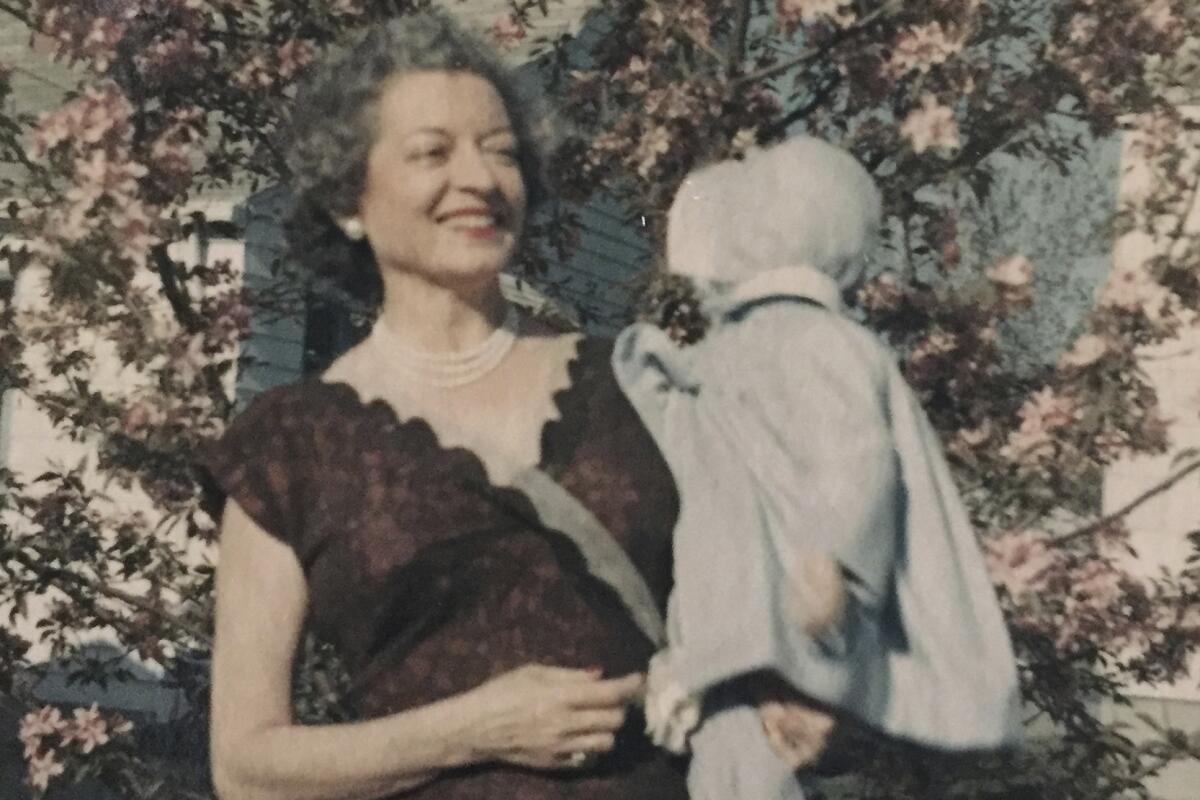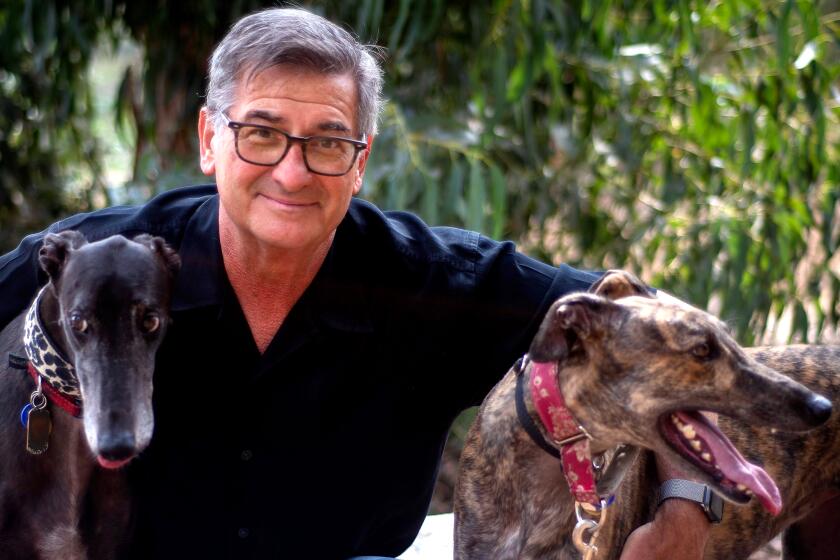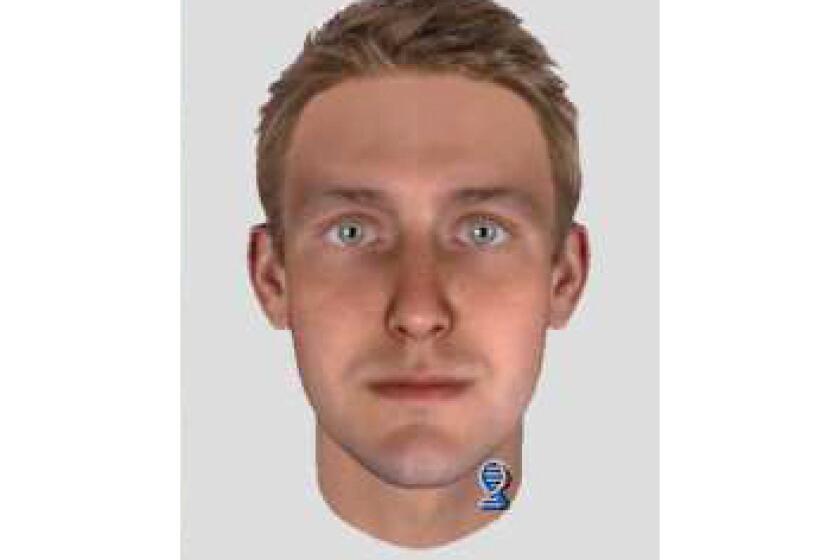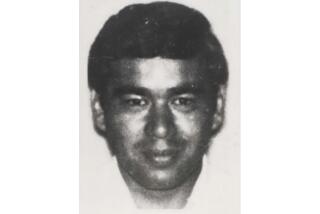Remains found stuffed in garment bag 45 years ago in Nevada identified as Ohio woman

- Share via
LAS VEGAS — In 1978, a garment bag containing a woman’s heavily decomposed remains was discovered in a remote area of northern Nevada. The case soon went cold — and the victim remained nameless for 45 years.
But on Wednesday, Nevada State Police announced that advancements in DNA testing have finally led to an identification. She was Florence Charleston, a Cleveland woman in her late 60s who had moved from Ohio to Portland, Ore., shortly before her death.
How Charleston wound up dead and buried in a shallow grave 535 miles away from her new home is still a mystery. Police said Wednesday that the investigation into her death is ongoing.
Diane Liggitt, one of Charleston’s few surviving relatives, said she was around 18 when she learned from her father that her aunt had left for the Pacific Northwest with a new boyfriend sometime in the early 1970s. Decades passed. The family never heard from Charleston again.
Throughout the years, Liggitt told the Associated Press, she thought a lot about her Aunt “Dolly” — a childhood nickname that had stuck.
“Was she happy or not? Was she safe?” Liggitt said. “All these questions I had, and it turns out she was dead.”
Edward Humes, author of ‘The Forever Witness: How DNA and Genealogy Solved a Cold Case Double Murder,’ discusses the implications of forensic genealogy.
Charleston’s remains were found in October 1978 in the small Nevada town of Imlay, about two hours north of Reno. Officers with the Pershing County Sheriff’s Office — the initial lead investigating agency — also found some articles of women’s clothing inside the garment bag.
An autopsy revealed that the decomposing remains likely belonged to a middle-aged woman, but failed to determine a cause of death, police said. Liggitt said her aunt would have been around 68 at the time of her death.
The case was later entered into the National Missing and Unidentified Persons System, along with a rendering of what detectives thought the woman looked like at the time of her death.
According to that entry, the woman was thought to be 5-foot-5 with red or auburn hair. Investigators also thought she may have been left-handed. The clothing found with her remains included a dark green sweater with a white safety pin attached to the front, dark green trousers and a long-sleeved pink sweater.
Using new DNA technology and genetic genealogy, northern Alabama officials have identified a mutilated body found in the woods in 1997 as a 20-year-old Santa Barbara man.
In the spring of 1979, Nevada State Police detectives were called in to help with the probe. They tried digital facial reconstruction. They compared dental records with other missing-persons and unsolved cases. They looked for clues in the clothing dumped with the remains.
In March, police said, they teamed up with Othram Inc., a private laboratory specializing in forensic genealogy analysis that has helped close countless other cold cases nationwide.
In a news release, Othram said Wednesday they used DNA taken from the remains “to develop a comprehensive DNA profile of the unidentified woman,” leading investigators to two of Charleston’s nieces still living in Ohio.
Liggitt said she received the news in April. She was on her way out of the house when her phone rang. She didn’t recognize the out-of-state phone number, but she answered it anyway.
Some human remains found last summer at drought-stricken Lake Mead have been identified as belonging to a Las Vegas man missing since July 1998.
On the other end of the line was Nevada State Police Det. Sean Koester, who had taken over the cold case in October 2022. By then, Koester said, the case had been dormant for 40-plus years.
Koester introduced himself. He’d been trying to reach Liggitt and her cousin Donna, he said, to talk about a set of 45-year-old human remains.
“You found my Aunt Dolly?” Liggitt recalled telling the detective.
Soon after that phone call, Othram was able to link Charleston to the unidentified remains by using a DNA sample from Liggitt’s cousin.
Now around the same age as Charleston had been at the time of her death, Liggitt said she hopes to live long enough to learn how and why her Aunt Dolly died.
More to Read
Sign up for Essential California
The most important California stories and recommendations in your inbox every morning.
You may occasionally receive promotional content from the Los Angeles Times.













